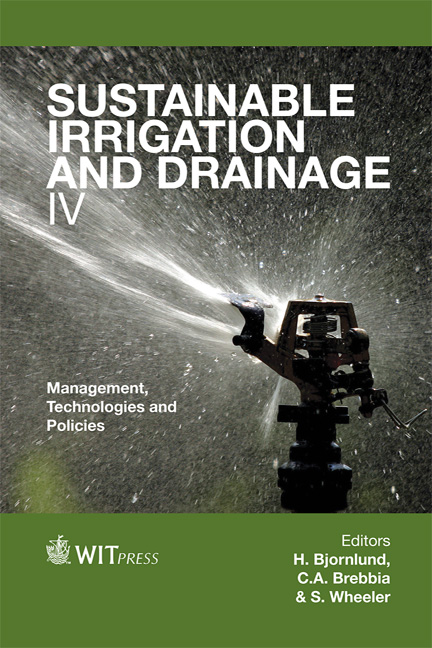Global Change Implications On Long-term Water Supply And Demand Forecasts In The Columbia River Basin
Price
Free (open access)
Transaction
Volume
168
Pages
10
Page Range
77 - 86
Published
2012
Size
1,675 kb
Paper DOI
10.2495/SI120071
Copyright
WIT Press
Author(s)
M. Barber, J. Adam, M. Brady, K. Chinnayakanahalli, K. Rajagopalan, S. Dinesh, C. Kruger, C. Stockle & G. Yorgey
Abstract
The Columbia River Basin (CRB) encompasses parts of seven US states and British Columbia in Canada over a land mass approximately the size of France. It is a vital part of the ecosystem and economies of the entire region. The CRB, like many watersheds around the world, is experiencing increased pressure on water resources and ecosystems, due to population growth, threatened and endangered species, economic development, and climate change. Irrigation is responsible for the majority of consumptive use in the watershed so the implications of climate change are a tremendous concern as we strive to feed a growing population. To facilitate strategic planning and investment, the State of Washington requires a long-term water supply and demand forecast (the Forecast) every five years. An interdisciplinary WSU research team integrated three biophysical models with an agricultural economics model to conduct a system-wide assessment of how future environmental and economic conditions are likely to change water supply and demand by 2030. Timing of supply changes will shift water away from the
Keywords
sustainable agriculture, hydropower, watershed planning, economic development, climate change





